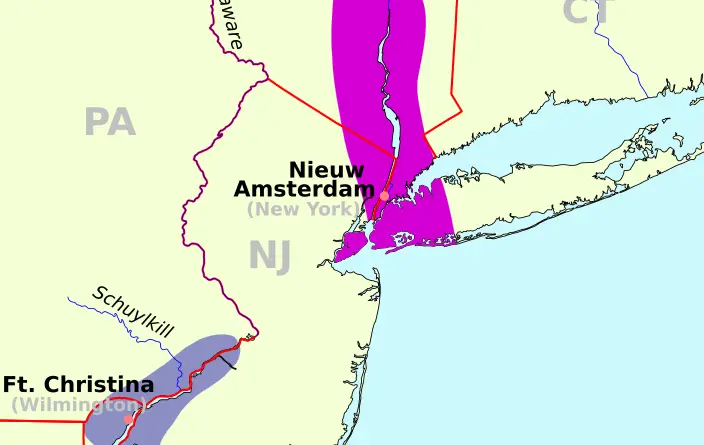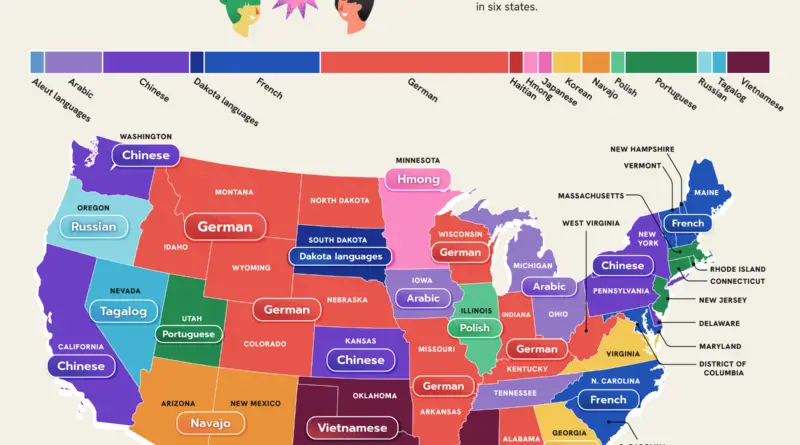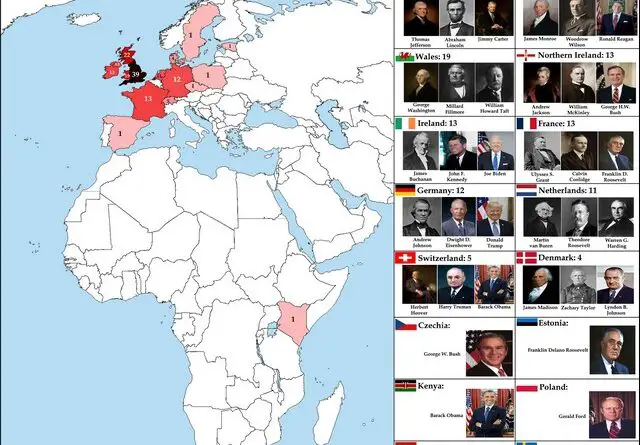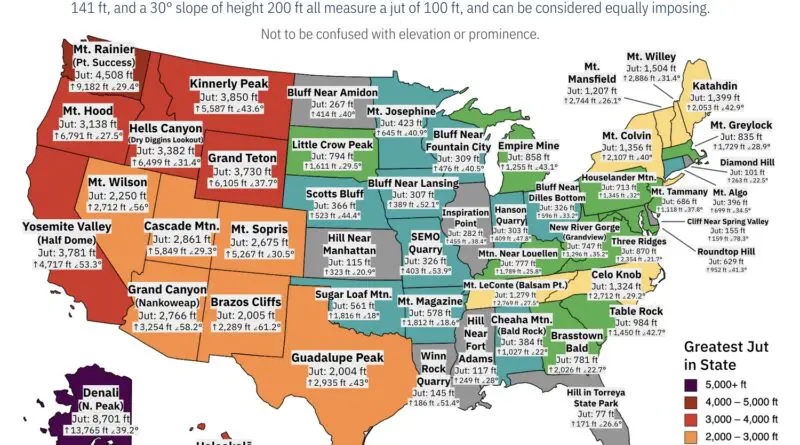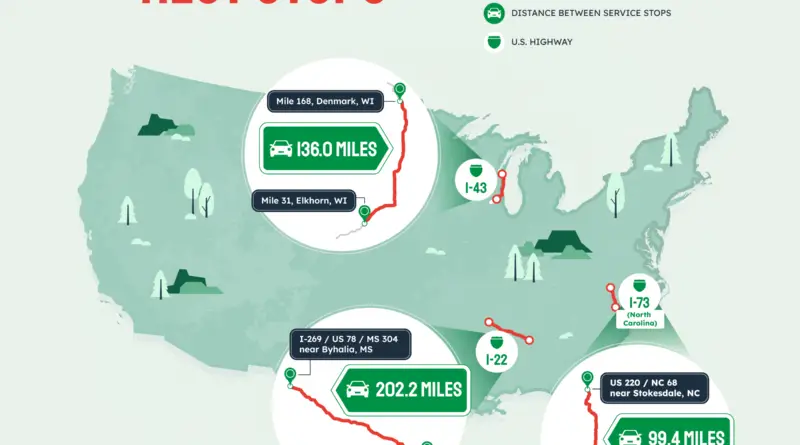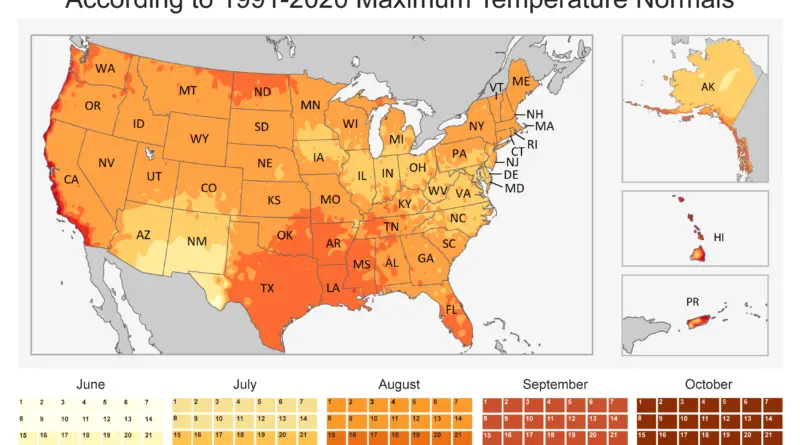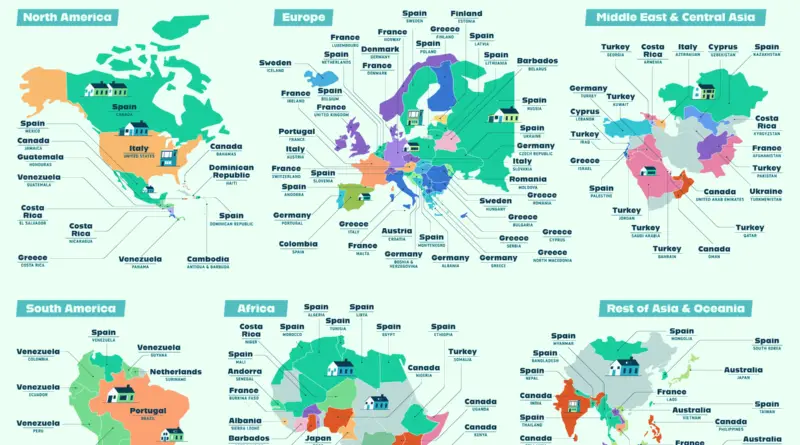The Forgotten Colonial Powers: New Netherland and New Sweden
Parts of what would become the eastern United States were ruled by two lesser-known European powers in the middle of the 17th century. Early American history was significantly shaped by the Dutch colony of New Netherland, which was centered on New Amsterdam (now New York City), and the Nordic outpost of New Sweden, which was located at the mouth of the Delaware River. Despite their brief period of independence, they have had a lasting impact on American architecture, language, and culture.
Read More
